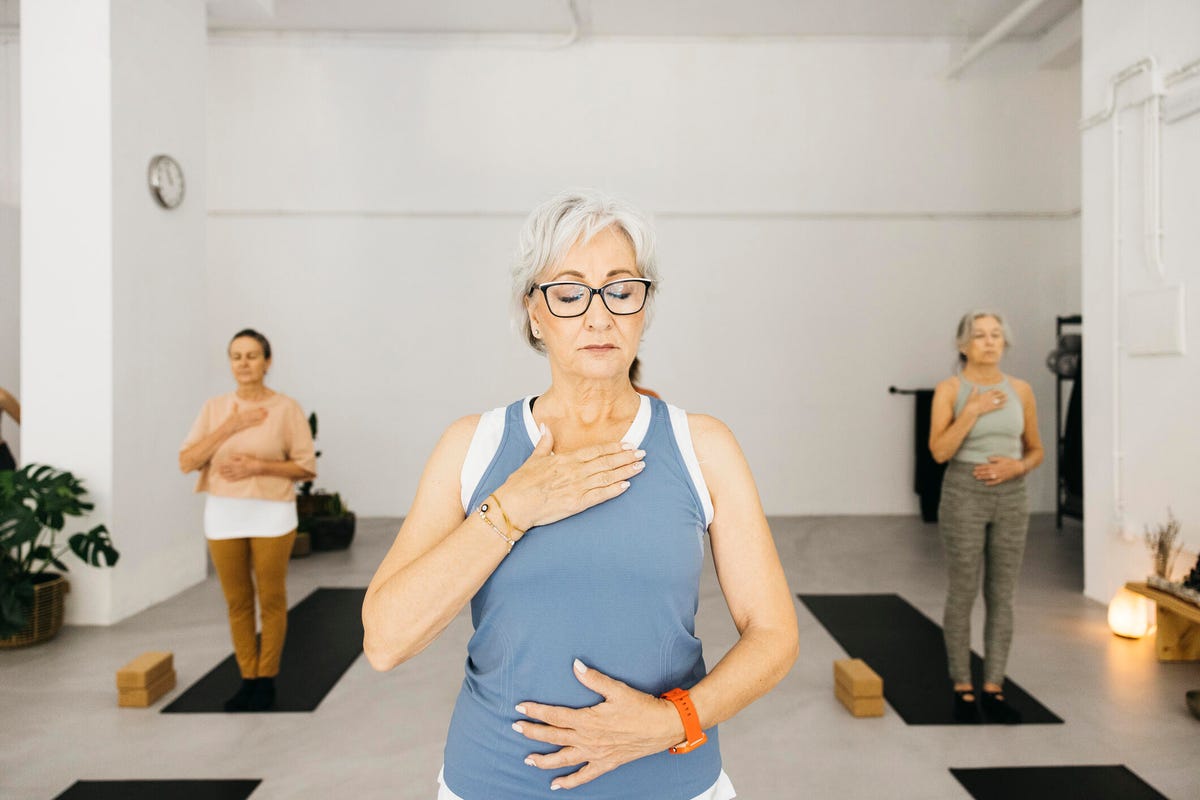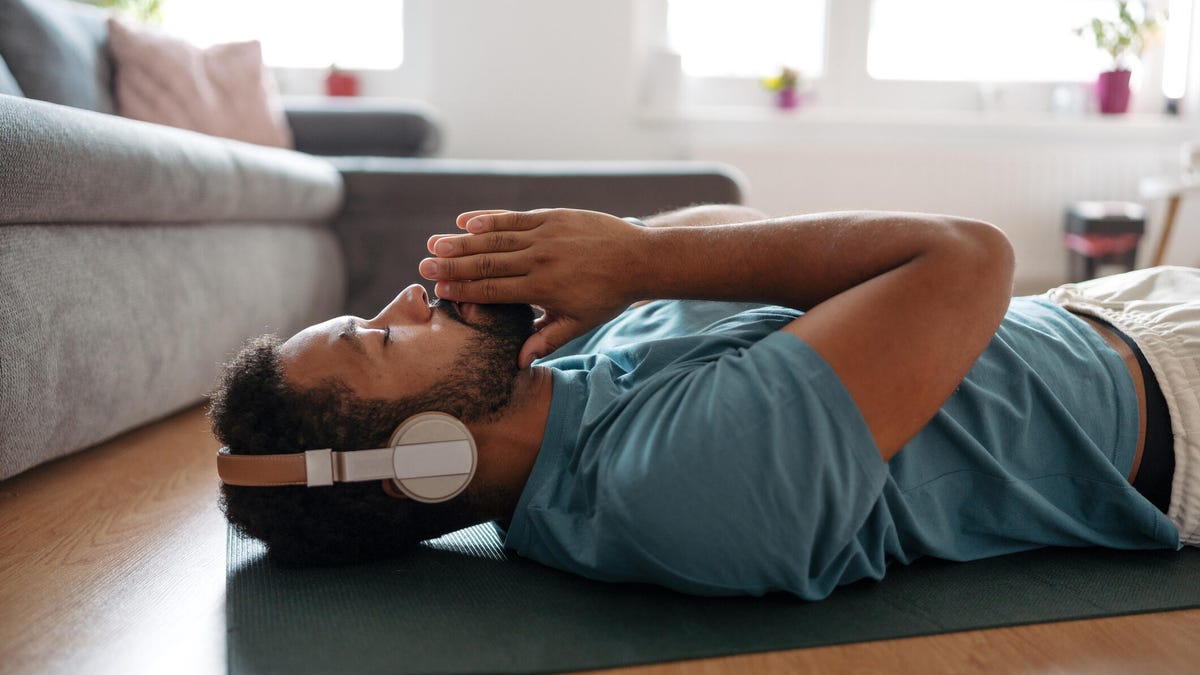Life can be stressful, especially with the seemingly endless demands placed upon us. Over time, this can wear you down, creating stress and making you so tired you can’t think clearly; this is why it’s vital to carve some downtime for yourself, even if it’s only for a few minutes. When you devote a few minutes to non-sleep rest, you’re taking a small step that can pay big dividends in your health, energy and mood.
With that in mind, what is non-sleep deep rest? As its name implies. It’s a collection of activities dedicated to helping your mind and body relax without falling asleep. Practicing non-sleep deep rest regularly gives your body the time to recover.
Understanding non-sleep deep rest
If you’re new to NSDR, here are the basics:
Where does NSDR come from?
Neuroscientist and host of Huberman Labs, Andrew Huberman, developed NSDR in 2022. He’s dedicated part of his work to include ways for people to optimize their sleep. His research has led him to discover behaviors people can adopt that can help them relax while staying awake and receiving benefits similar to falling asleep.
How does NSDR work?
NSDR encompasses techniques like controlled breathing exercises, meditation or yoga nidra. The goal is to slow down the activity in your sympathetic nervous system, which is responsible for your fight-or-flight response, according to Cleveland Clinic. The more this system remains active, the more likely it can produce cortisol, a stress hormone. It can lead to feelings of anxiety, stress, anger and restlessness.
When you regulate your parasympathetic nervous system, it can also change your brain wave patterns, stimulating an increase in alpha and theta waves. People experiencing a hike in both brain waves tend to feel more relaxed and creative. You may also experience a decrease in cortisol production, making you feel more relaxed.
Differences between sleep and non-sleep deep rest
Your body undergoes significant changes depending on the activity you engage in. With NSDR, you don’t have to sleep. Instead, you can find a comfortable position, engage in controlled breathing exercises or rest while listening to meditation to calm your mind and body.
Meanwhile, sleep impacts your body in different ways. When you nap, your heart rate and respiration slow as you begin to relax. If you take a short nap (less than 2 hours), your core temperature drops, your eye movements stop and your brain waves slow.
When you engage in deep sleep, you enter the REM stages. During this stage, your eyes will move quickly from side to side (which is more relaxing than how it sounds); your brain waves and heart rate can also increase due to dreaming. Your body also regenerates cells, restores energy and promotes increased blood supply to your muscles. It’s important to note the differences between NSDR, napping and deep sleep so you know what to expect as you engage in them.
Benefits of non-sleep deep rest
Most studied have been conducted around yoga nidra specifically. Some of the potential benefits of NSDR may include:
- Mental clarity and focus: When you relax, you allow your mind to drift off and not overanalyze everything that needles your psyche. Deep breath exercises or meditation alters your brain, increasing alpha and theta waves. When this happens, you’ll feel more relaxed, your mind clears, and you’ll have more energy to tackle creative pursuits.
- Stress reduction: Non-sleep deep rest promotes the slowing down of your sympathetic nervous system and engaging its parasympathetic nervous system. Also, studies show people who did guided relaxation techniques felt less stressed and anxious afterward. Plus, doing NSDR can slow down the production of the stress hormone cortisol.
- Physical recovery: Doing NSDR can reduce your blood pressure and heart rate, helping you to feel better. On top of this, it can reduce the chances of you incurring chronic conditions, resulting in healthier outcomes. Being more relaxed and in less pain means you’re more likely to engage in healthier practices, like exercising regularly.
- Improved sleep quality: Reducing anxiety and stress helps your body relax. In turn, practicing NSDR can improve the quality of your sleep and reduce the chances of you incurring sleep-related illnesses like insomnia.

How to get non-sleep deep rest
If you want to begin an NSDR routine, here are a few tips to get started:
Create a calm environment
The first step is to find an area in your home that’s quiet, with minimal distractions, like an office or bedroom. Doing so enables you to focus more on meditation and muscle relaxation.
Incorporate meditation and mindfulness practices
For those new to NSDR, finding guided meditation and mindfulness practices can help you chart a course for relaxation. You can download mindfulness apps like FitMind on your smartphone or use helpful YouTube videos to get the basics down.
Practice progressive muscle relaxation
Progressive muscle relaxation requires you to tense specific muscle groups and then relax them. The goal of the exercise is for you to achieve total focus on what you’re doing, as doing so lowers your blood pressure, heart rate and cortisol levels.
Try breathing exercises

With breathing exercises, you exercise your lungs, strengthening their efficiency. Exercises like pursed lip breathing and belly breathing also help calm you.
Immerse yourself in nature
Removing yourself from ordinary surroundings and allowing all five of your senses to engage with the outdoors can be beneficial to your wellbeing. As your senses engage with your surroundings, it reduces your stress, lowers your heart rate and makes you feel more relaxed.
Digital Detox
Taking some time away from your phone allows you to focus on the moment. In turn, you’ll feel more relaxed, be more productive when you tackle tasks and reduce eye strain.


